Surfing without the wing
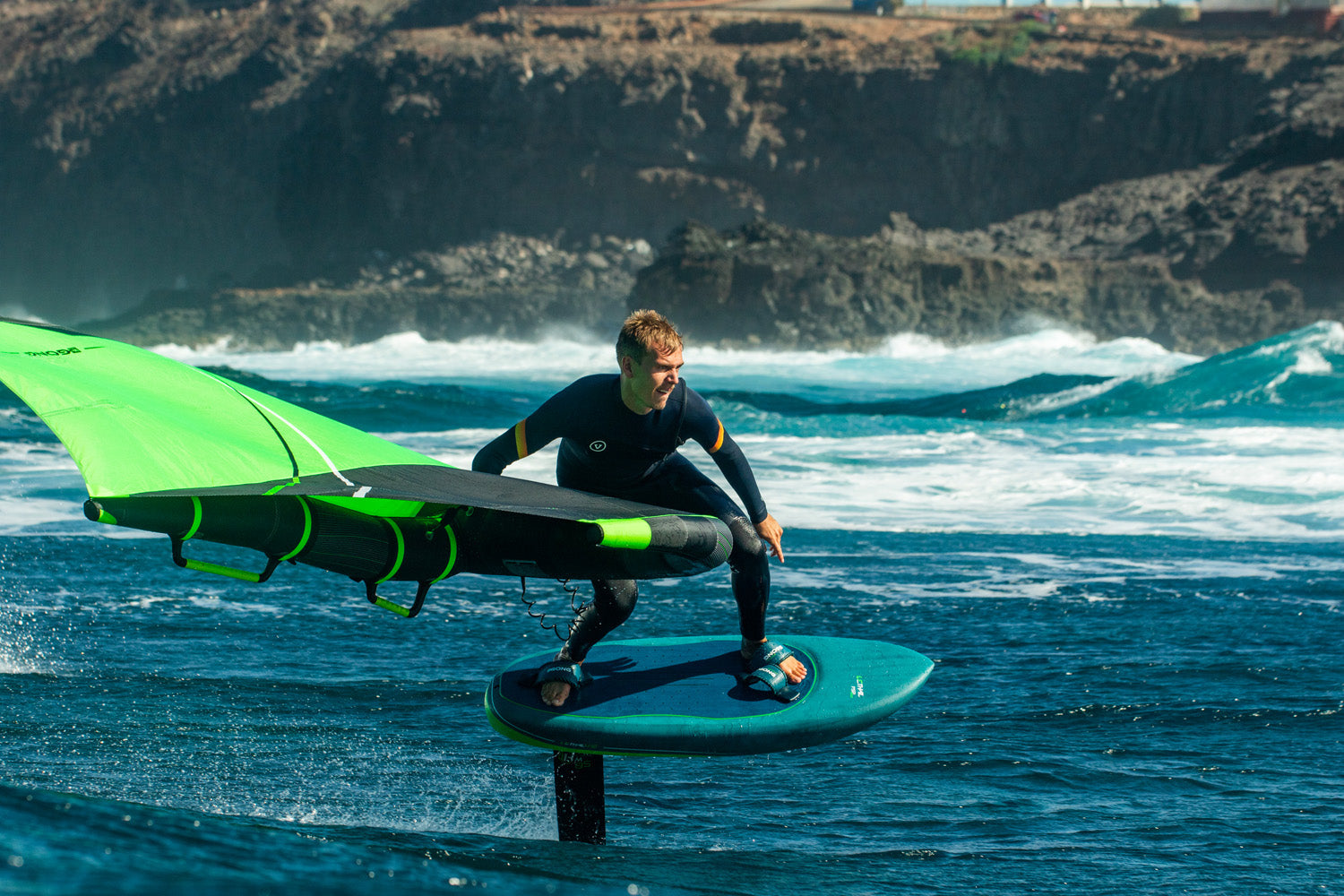
We love wing surfing. Perched high up on a long foil, we glide with optimal fluidity on slopes and bumps. The water offers infinite combinations of pure glide. The wing is only there to provide the useful traction necessary to get up to the peak and link the waves. L’Ours shares his secrets to really surf a swell, without pumping and without the help of the wing.
Here is a video tutorial with the different steps and key points so that you can quickly discover the full potential of the wing in the waves.
“Hello,
Overall, the important thing to remember is that your front wing should always go down.
To find this infinite surf downwards you have several solutions:
1 / Have a swell perfectly suited to your speed, so by positioning your foil at the top third of the wave, you will stay at the top infinitely. 2 / Adapt your speed to that of the swell by pressing in front to accelerate and behind to slow down, and pushing hard in the legs to accelerate. 3 / Find the trajectory that matches your speed with that of the swell.
Of course, the secret is a mixture of these three points which in my opinion is crescendo from 1 to 3.
So let’s skip 1 (speed of the swell) and 2 (speed of the foil) to focus on what the essence of surfing is: the trajectory.
The trim line
In surfing, we know that everything revolves around the trim line. To summarize, let’s say that when I surf downwards in the wave, I take advantage of gravity to create speed. The gravity added to the advancing energy of the wave allows me to build up enough speed to go up and down on it for a while. When I go up, gravity works against me, but the energy of the wave partially works for me. Of course, I have to go up, which is unnatural, but the wave that I have to climb comes towards me, like a springboard that would run straight towards me. So by lightening myself up, I go back up easily to take another round. We consider that the trim line is the trajectory of perfect balance between going down and going up, the one that will maximize the speed without action. So when we surf, we tend to sinusoid around the trim line. The faster I go, the lower I can go with being able to go back up again.
So when we learn, we first aim for the trim line. On a wave it is about the bottom third of the wave. On an offshore bump, I find it higher for different reasons. In any case, in foiling it is about putting your foil on the trim line, not your board 😉 and above all to stay there !!!
At this point, it is important to talk about the speed gain that the carves generate. First the one at the bottom of the wave, the bottom allows to concentrate the accumulated energy and to oppose it to the resistance of the water during the curve to get out a resulting maximum speed.
Secondly, at the top of the wave it is a bit the opposite because there is generally no more speed to apply in the curve. We are then looking for a pivot for a new descent.
Now that this is clear, we can discuss the right way to ride offshore bumps: the trajectory.
The trajectory
Remember one thing: avoid dead ends.
If you go to an area with no slope, the surf is over. You can pump or sheet in, but the surf is over. So look ahead to make the right choices. It is one of the great pleasures of offshore surfing: reading and anticipating in order to make the right decisions.
There is this need to stay high on the slope to have this infinite descent. It doesn’t mean to stick to the top. You can, if you go fast, make S at the top of the wave larger or smaller, like cut backs. It’s a great way to manage the trajectory. You can do combos because off the shore the swell trains merge and cross with the chop. By spotting the assemblies to come, you can decide to change “vagon” for a more profitable bump. And you can overtake the swell, either from the top having accumulated so much speed that you go into the next bump, or through the exteriors where the connections are simpler because the swell always crosses a little. So if the swell is fast you will go straight down, and if it is slow, you will stay up and slalom.
The key is the trajectory. The dead end is a bump that dies or a surf too far too to the bottom of the bump without anticipating a curve to go up and restart. Two major causes of failure.
Another cause of failure that I mentioned above: put your foil on the trim line, not your board! You must visualize your foil in the bump.
90% of the people I see failing their DW are either:
- Straight down in front of the wave
- Up behind the wave and pump unnecessarily
- Too low on the water, thereby placing their foil under the wave.
The speed
And that’s what will make you go into light speed: place the front wing at the right height.
To be clear, a large number of people do everything well: the right bump, the right trajectory, etc … but by flying too low, their foil only benefits from a small part of the energy of the wave. And there we see them pumping, pumping, pumping … Remember that the water molecules in the front face of the wave rise! A great way to enjoy an infinite ride if you place your front wing there. Those who wakefoil know this problem very well, otherwise they will fail because their foil easily passes under the wake wave which is shallow. Don’t be afraid of stalling at the top, it’s always better than pumping.
Personally, I use the stall upwards of the foil as a booster. I am always very, very high in the flight on the bumps, with a maximum of 10cm of wet mast outside the curves. And since I’m a tease, I’m going to use the stall as a throttle. When I need to accelerate, to overtake a bump or because the verticality of the bump is less than its speed. It gurgles and stalls. In doing so, it generates less friction and accelerates abruptly until it hangs up by putting a little kick of the knees forward. With very healthy wings, it’s quite easy to build up a lot of speed like that and then switch to the curves.
The human factor
Because we did not speak of an element: the man, or the lady who drives.
It has not escaped your notice that we are more or less all delivered with legs. Well these can create thrust at leisure, accumulate energy to restore it later. Typically, when my foil goes fast I bend my legs, and when it slows down I extend to restore energy to my foil.
Understand that a foil is a machine to foreward. Clearly, all the vertical forces will make it move forward, which will ultimately make it fly. Once you have that in mind, the foil has no secrets for you. I put it under pressure: it accelerates then it carries me. Pressure, acceleration, lift. If you repeat this you get pumping which is also very useful in bump surfing. But not too much! How many guys get excited to pump bumps and think they’re riding them? To pump is not to surf … To surf is to benefit from the energy of the swell, not that of your thighs.
Rethink your way of seeing, of reading the ocean. Reading, trajectory, height of the foil, here is the flight plan ”
L’Ours, Shaper & Boss GONG
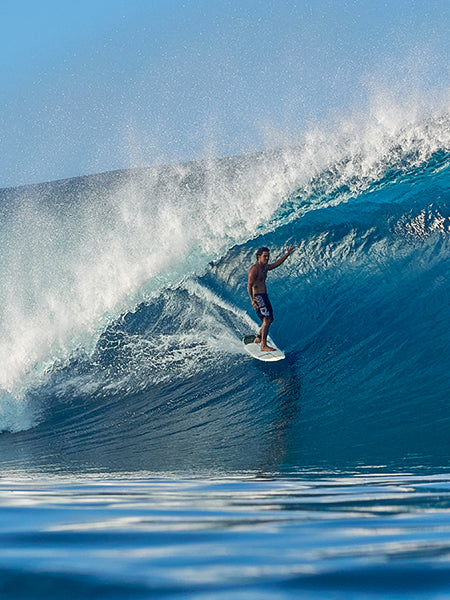
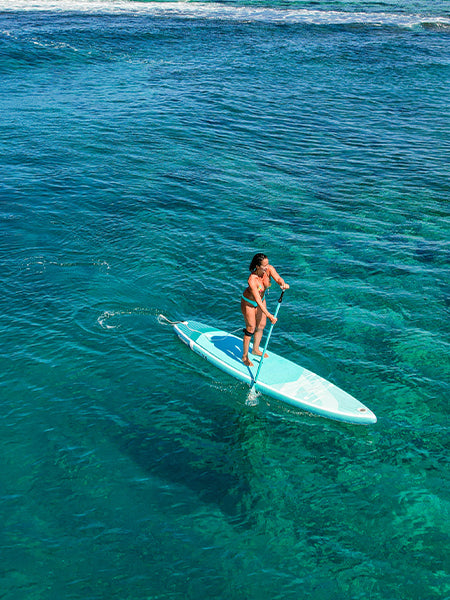
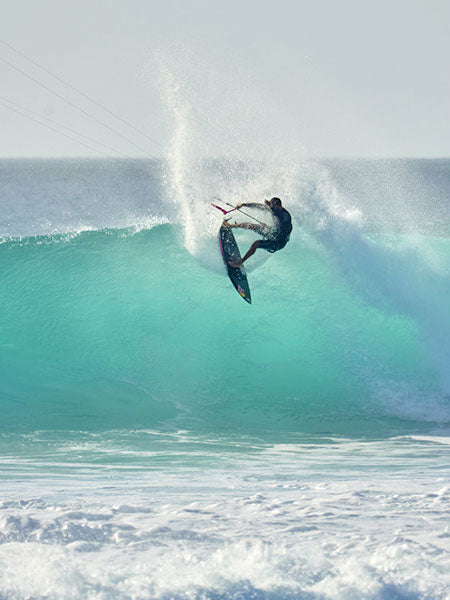
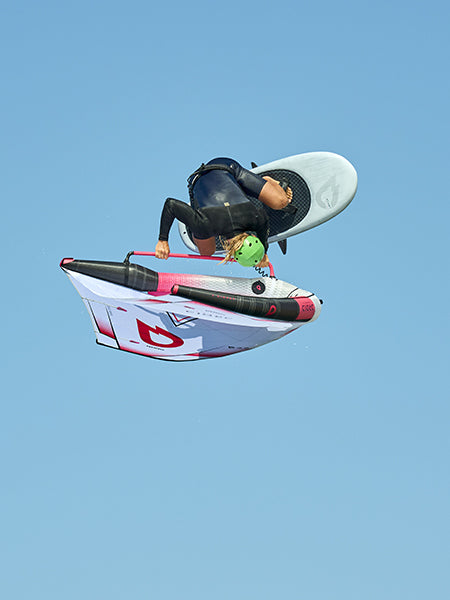
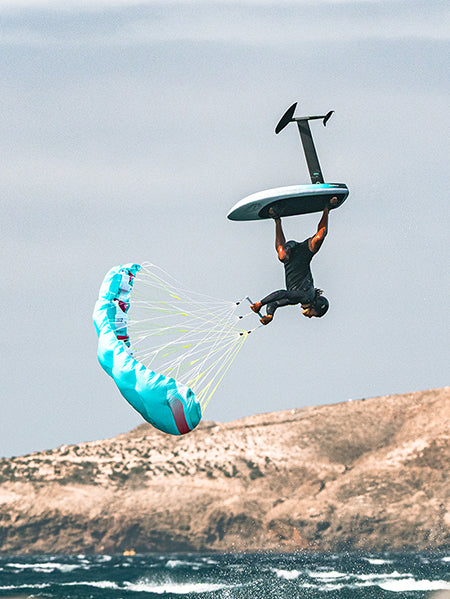
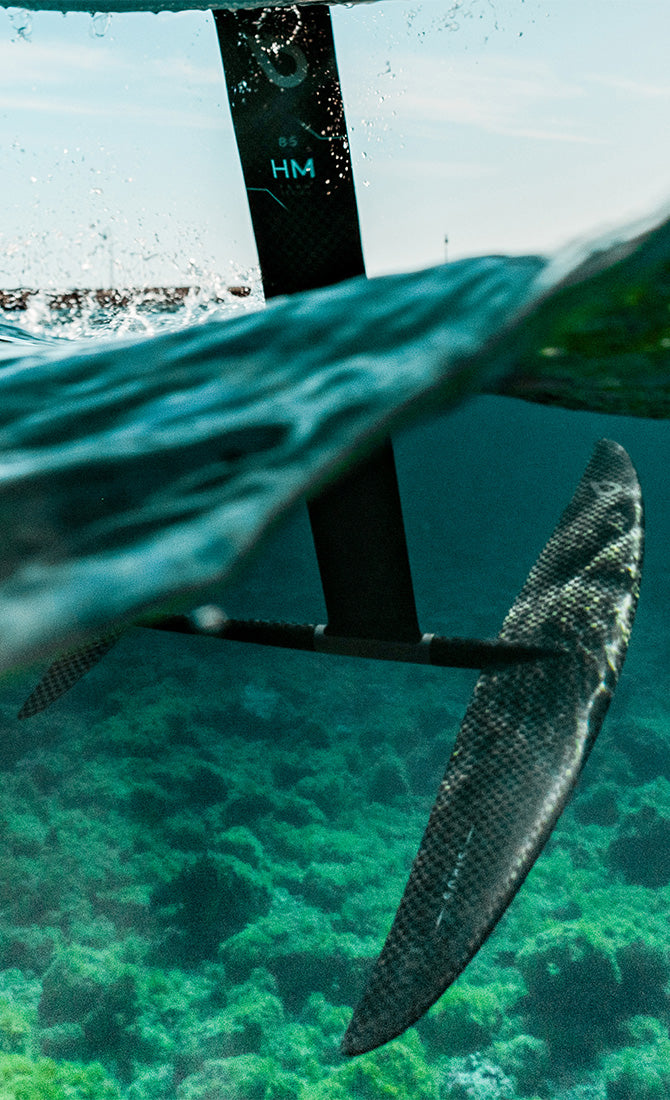
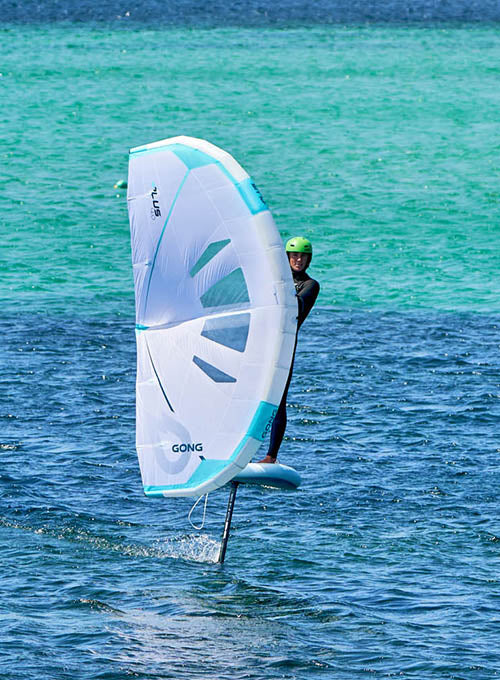


2 comments
Merci pour pédagogie
Merci beaucoup pour ces éclaircissements!!! Des explications simples et claires.
Des éléments qui vont me permettre d’améliorer mon surf au large dès demain, si les prévisions sont bonnes : rafales à 60 km/h dans du 20 noeuds, vagues d’1m50-2m, que demander de plus? Un trip avec mon pote qui commence à bien se débrouiller dans les vagues et une super journée qui s’annonce!